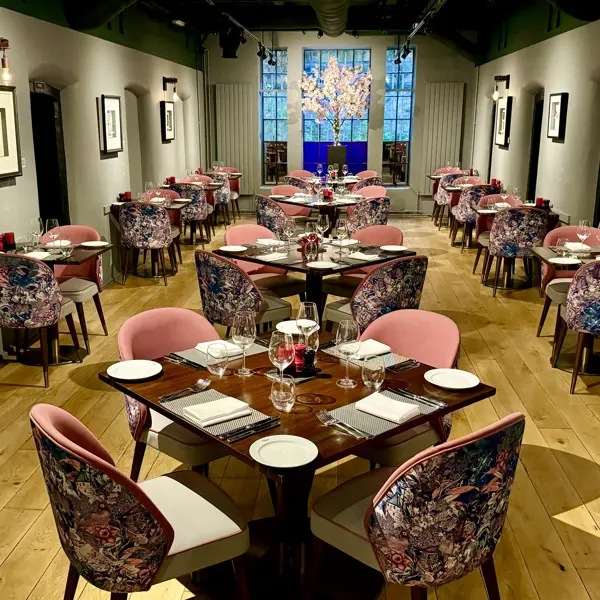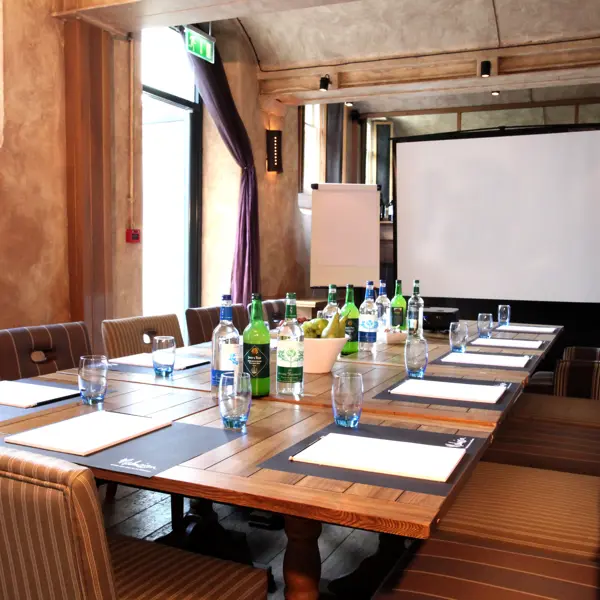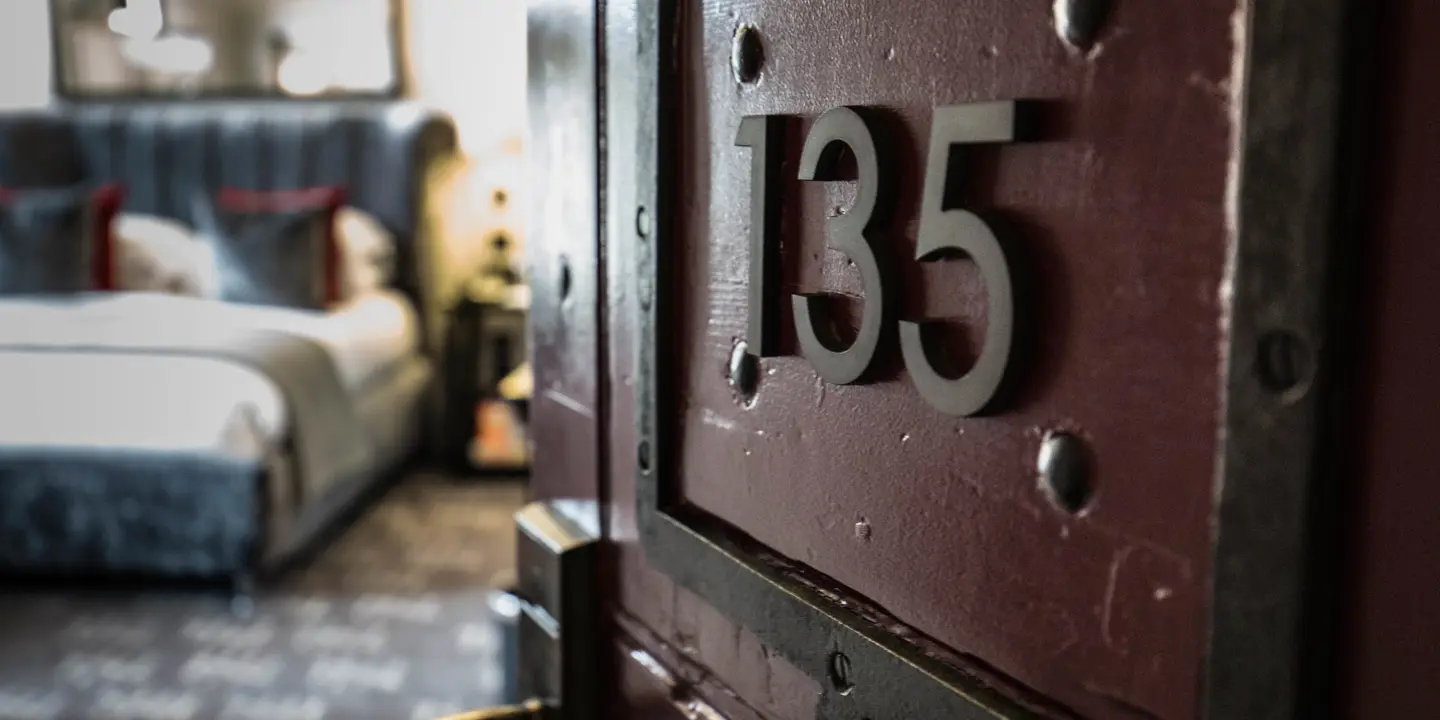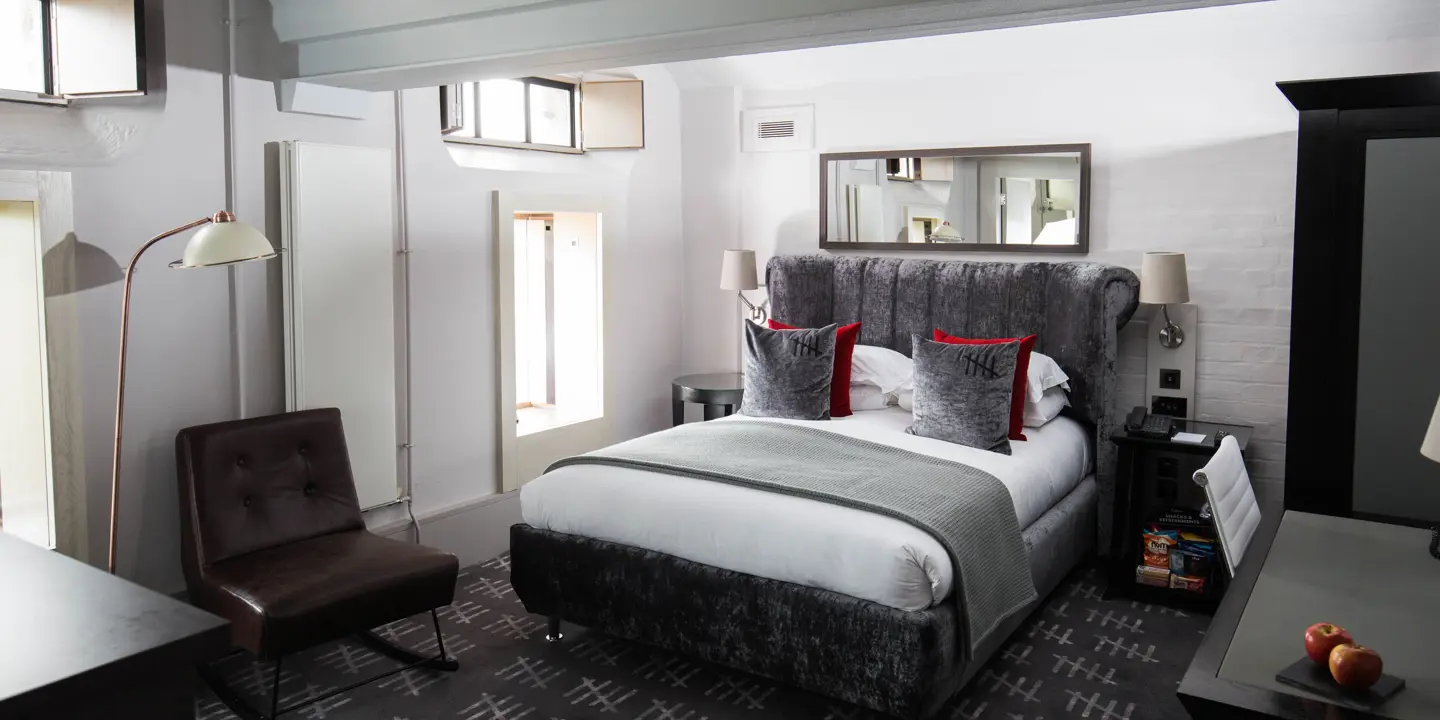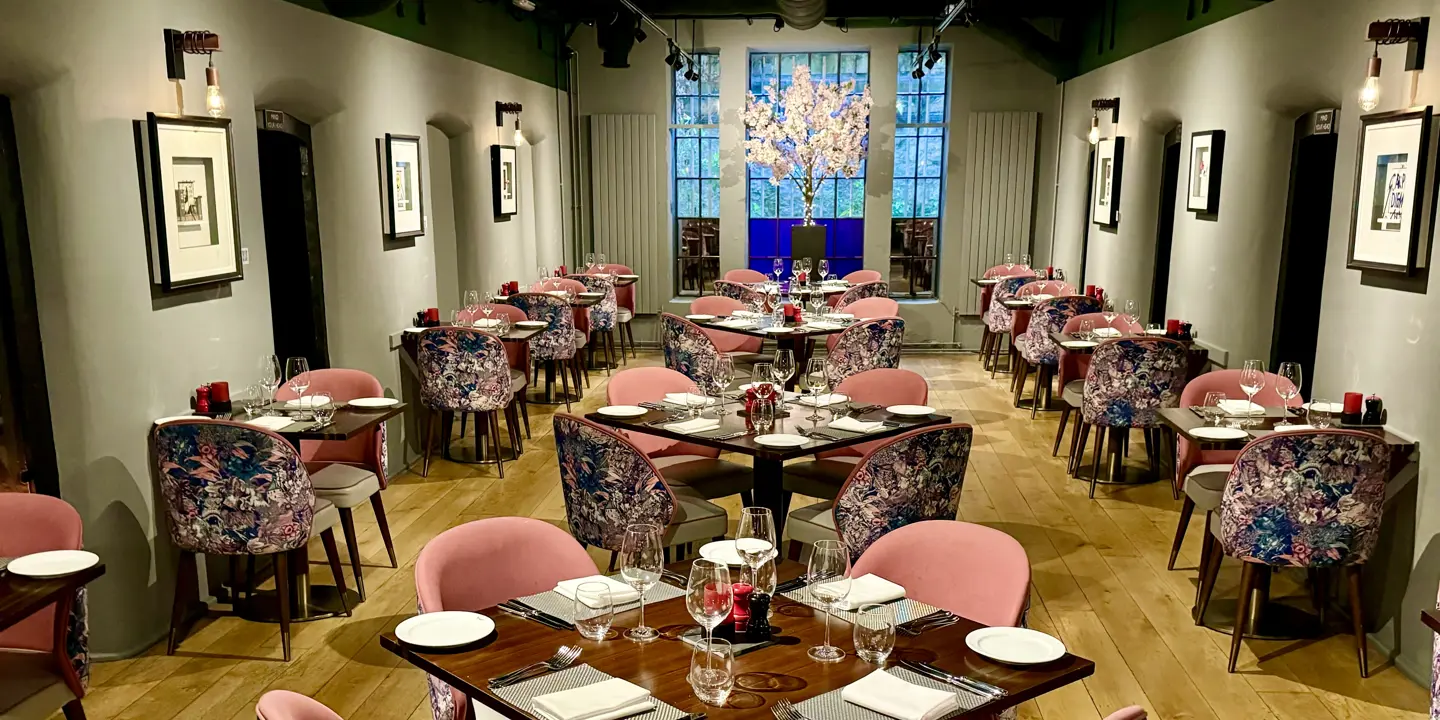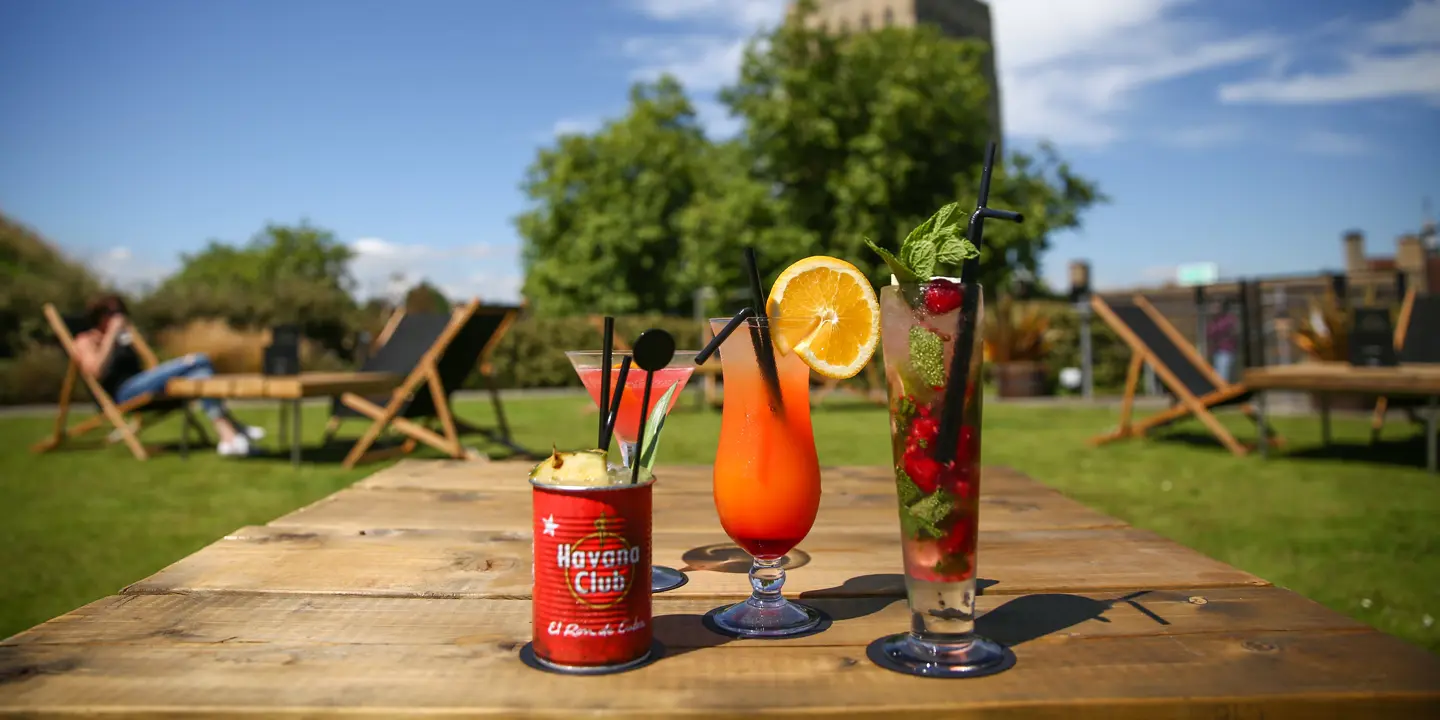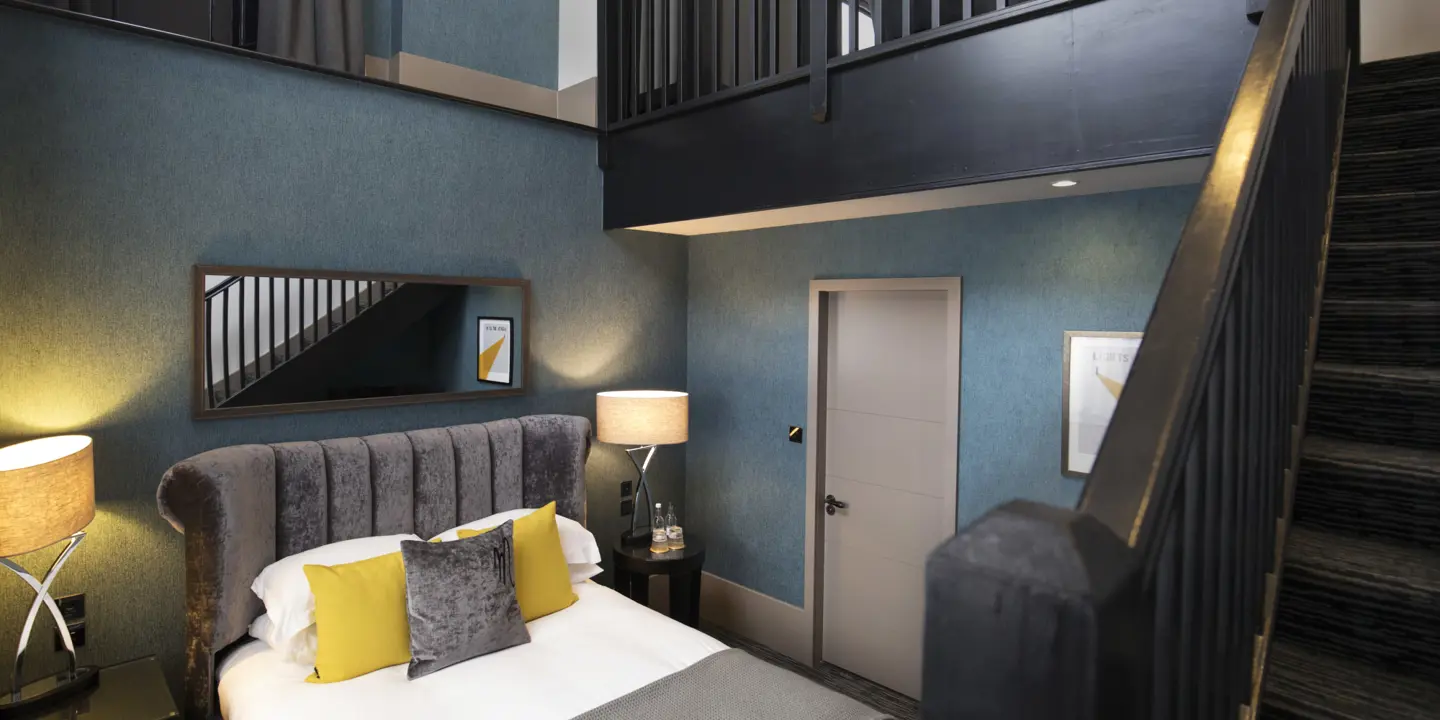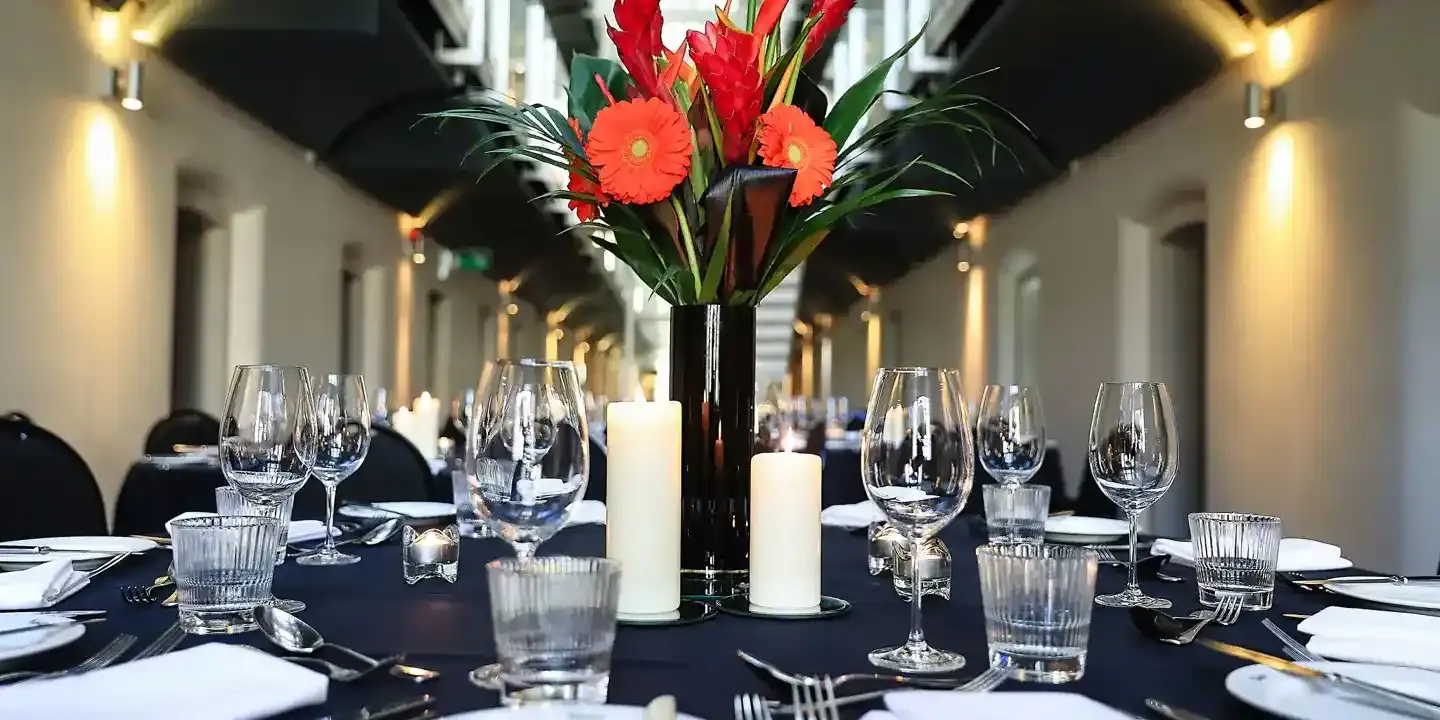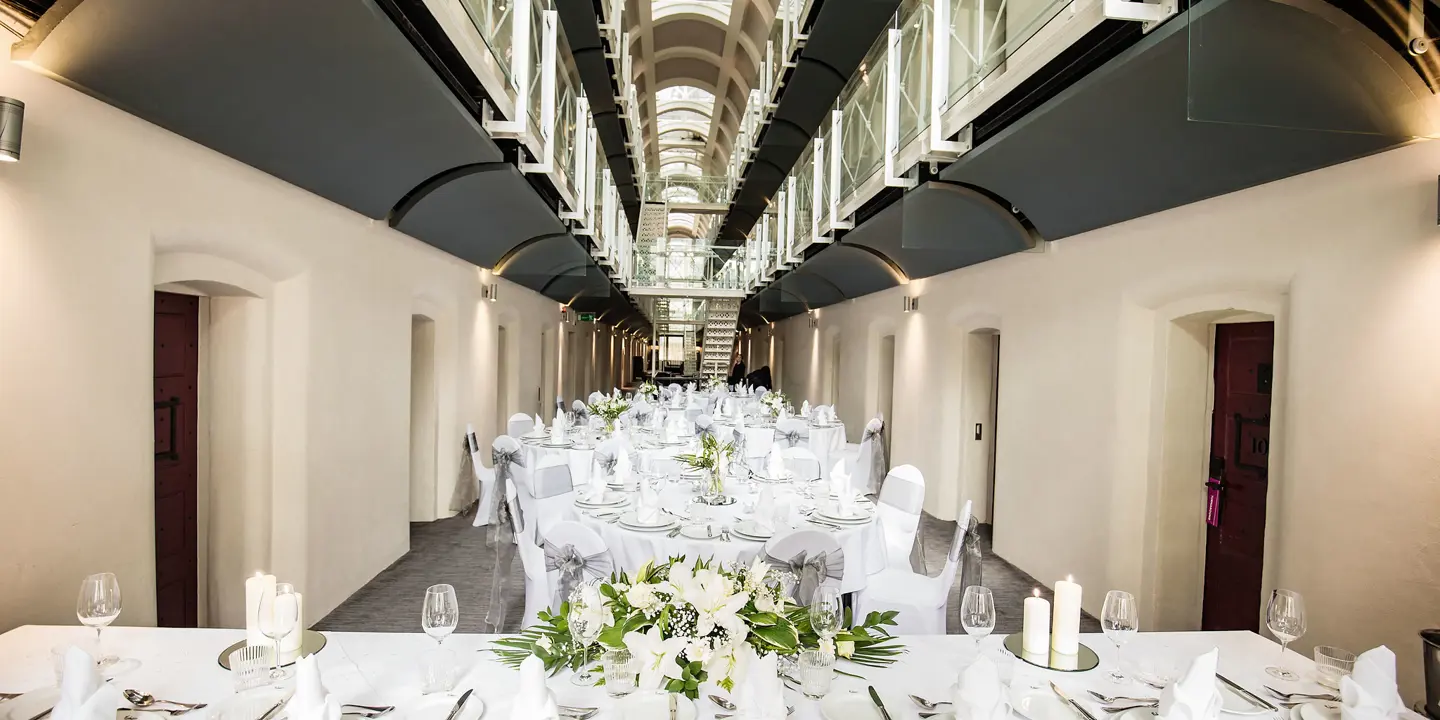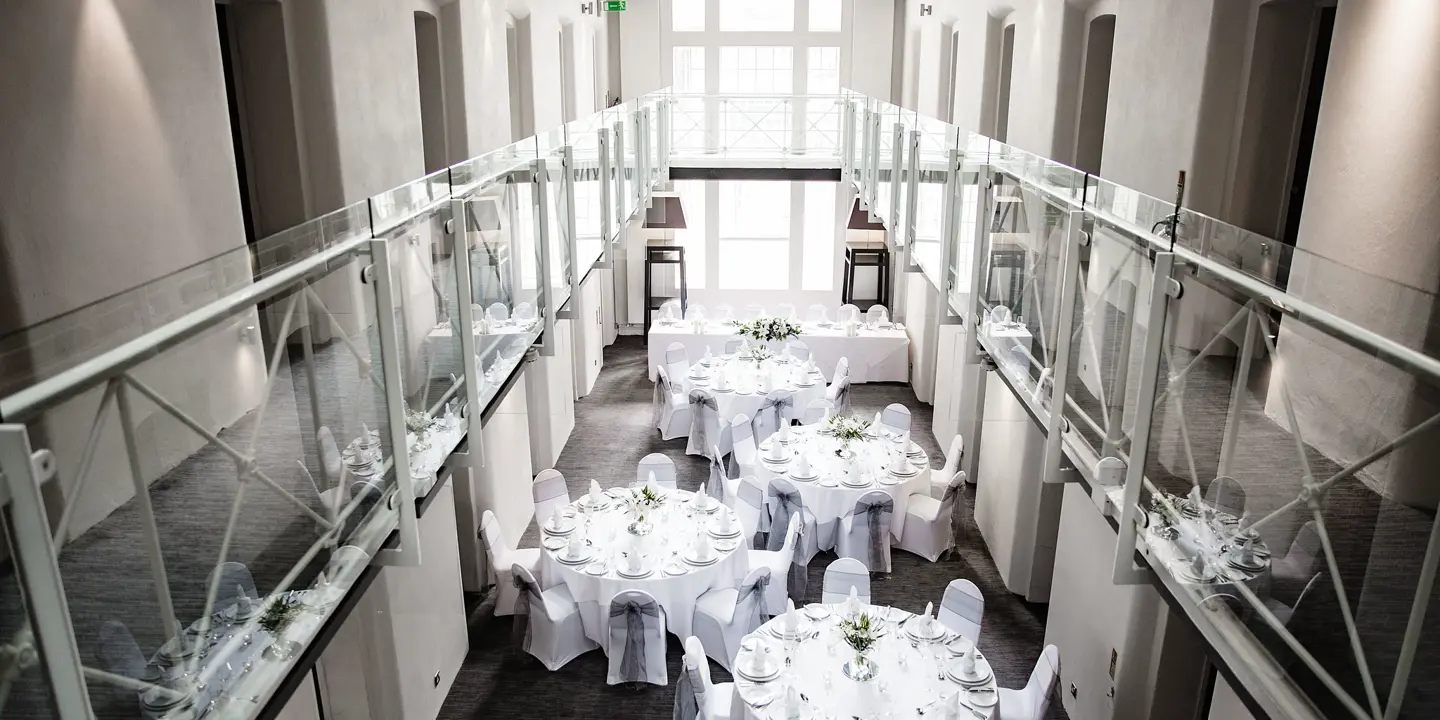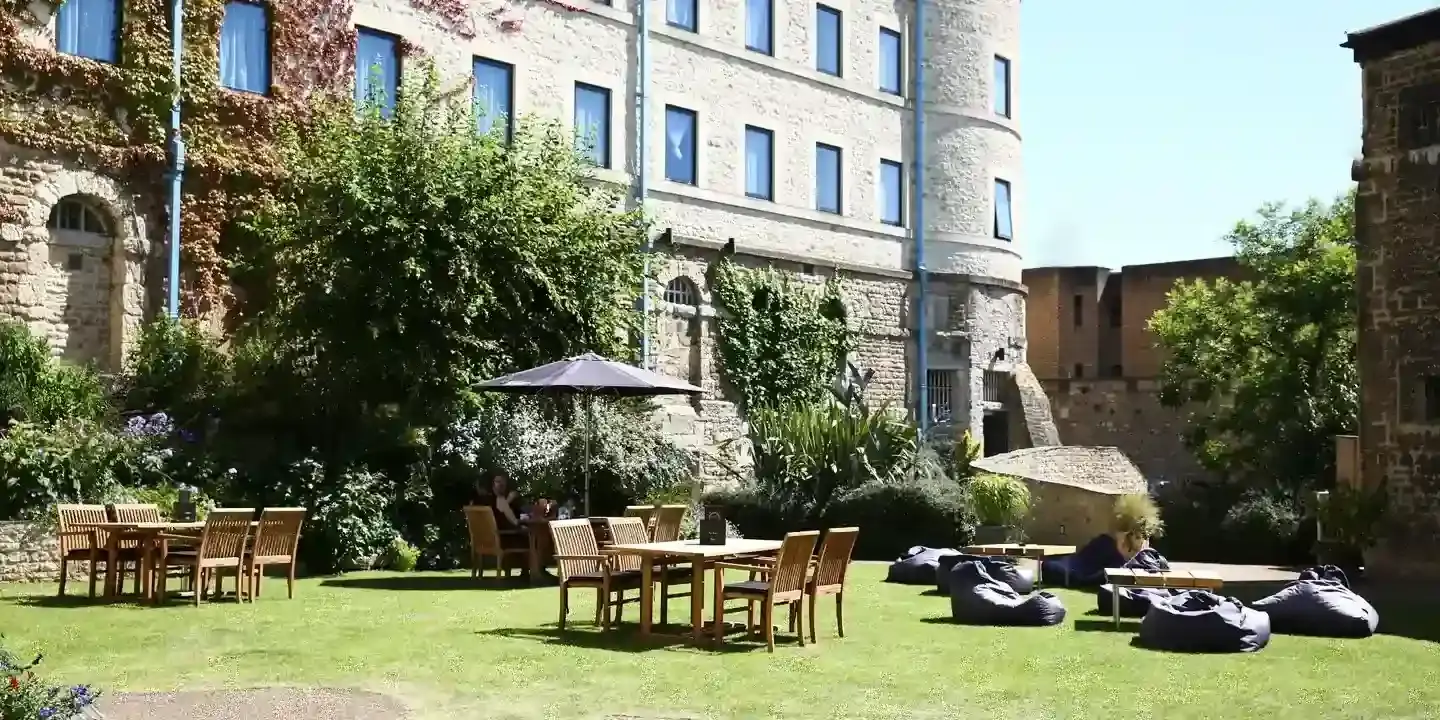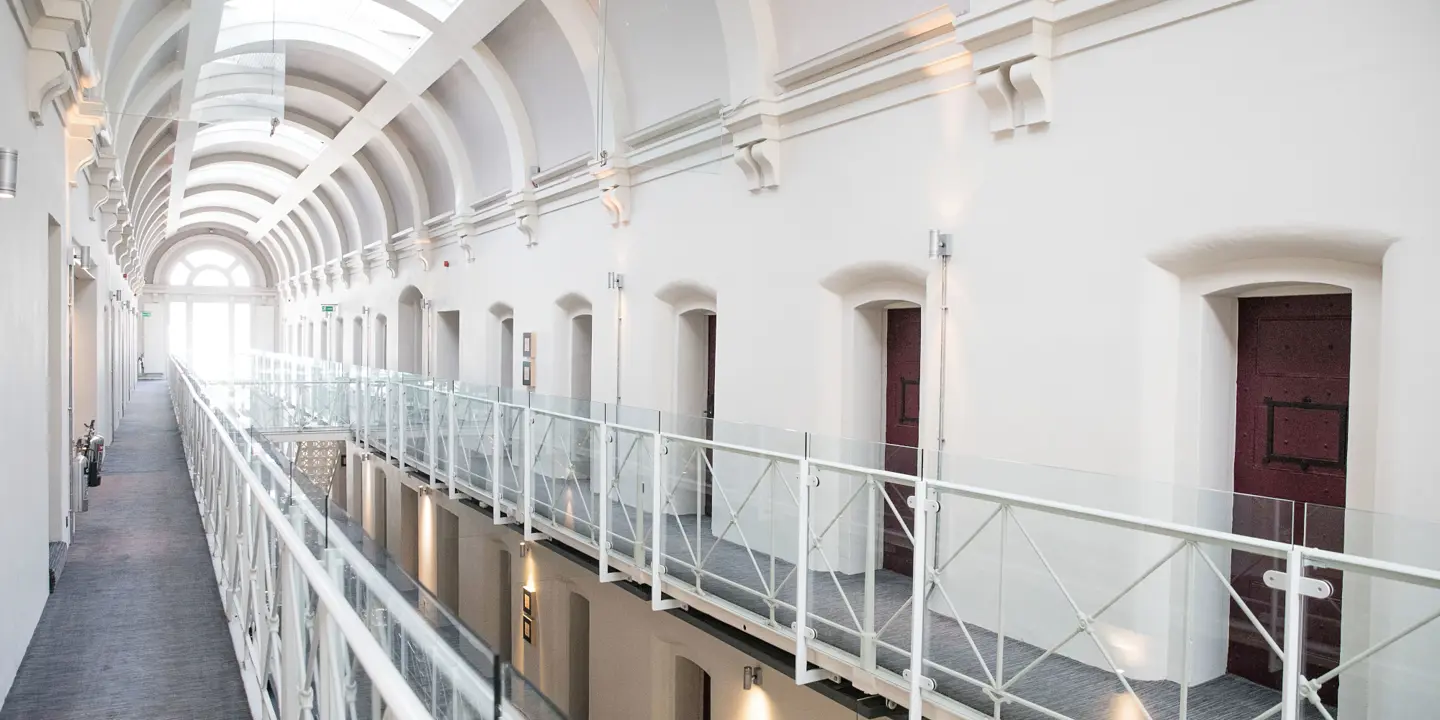
BEST RATES AND DATES

Exclusive best rates at Malmaison Oxford
Oxford
Oxford Castle, Oxford, OX1 1AY , United Kingdom
Tel: 01865689944
Welcome to Malmaison Oxford, your "get out of jail free" card to luxury in the heart of historic Oxford. Our hotel, a captivating conversion of a former prison, is merely a whisper away from the city's most cherished attractions including the majestic Oxford University colleges, the ethereal Christ Church Cathedral, and the treasure trove that is the Ashmolean Museum.
Useful Hotel Information
- Check in from 3pm
- Check out by 11am
- Reception is 24/7
- Breakfast is served Mon-Fri 7am to 10am
- Breakfast is served Sat and Sun 8am to 11am
- 0.5 miles from Oxford Station
- 0.5 miles from the University of Oxford
- 3 miles from O2 Academy Oxford
Hotel Facilities and Amenities
At Malmaison Oxford, your sentence will be a medley of comfort and contemporary charm. Each of our cells are kitted out with plush bedding and modern day parole such as a flat-screen TV and complimentary Wi-Fi.
Our 24-hour reception desk provides round-the-clock assistance, or "bail service" if you prefer. Or if you'd prefer us to lock you in and throw away the key, we also offer room service.
Additional amenities include our stylish Chez Mal Brasserie & Bar, the perfect hideout for delicious cuisine and a collection of craftily blended cocktails. If you're plotting a heist or other event, our function rooms stand ready, each outfitted with state-of-the-art audio-visual equipment to ensure your plans go off without a hitch.
Whether you're visiting Oxford for business or pleasure, Malmaison Oxford promises a sentence of luxury and comfort that makes it delightfully hard to escape. So, why not turn yourself in? Book your stay today.
Heads Up!
From 06-January 25 we’re going CASHLESS! No more fiddling with coins or notes - just swipe, tap, and go. You can pay with cards or your favourite digital wallets… say hello to effortless payments! 💳
Our guests can enjoy:
- FREE, FAST WIFI
- BEAUTIFUL ROOMS & SUITES
- CHEZ MAL BRASSERIE & BAR
Welcome to Malmaison Oxford, your "get out of jail free" card to luxury in the heart of historic Oxford. Our hotel, a captivating conversion of a former prison, is merely a whisper away from the city's most cherished attractions including the majestic Oxford University colleges, the ethereal Christ Church Cathedral, and the treasure trove that is the Ashmolean Museum.
Useful Hotel Information
- Check in from 3pm
- Check out by 11am
- Reception is 24/7
- Breakfast is served Mon-Fri 7am to 10am
- Breakfast is served Sat and Sun 8am to 11am
- 0.5 miles from Oxford Station
- 0.5 miles from the University of Oxford
- 3 miles from O2 Academy Oxford
Hotel Facilities and Amenities
At Malmaison Oxford, your sentence will be a medley of comfort and contemporary charm. Each of our cells are kitted out with plush bedding and modern day parole such as a flat-screen TV and complimentary Wi-Fi.
Our 24-hour reception desk provides round-the-clock assistance, or "bail service" if you prefer. Or if you'd prefer us to lock you in and throw away the key, we also offer room service.
Additional amenities include our stylish Chez Mal Brasserie & Bar, the perfect hideout for delicious cuisine and a collection of craftily blended cocktails. If you're plotting a heist or other event, our function rooms stand ready, each outfitted with state-of-the-art audio-visual equipment to ensure your plans go off without a hitch.
Whether you're visiting Oxford for business or pleasure, Malmaison Oxford promises a sentence of luxury and comfort that makes it delightfully hard to escape. So, why not turn yourself in? Book your stay today.
Heads Up!
From 06-January 25 we’re going CASHLESS! No more fiddling with coins or notes - just swipe, tap, and go. You can pay with cards or your favourite digital wallets… say hello to effortless payments! 💳
THE PERFECT LOCATION

Oxford Castle, 3 New Rd, Oxford OX1 1AY
Experience the extraordinary

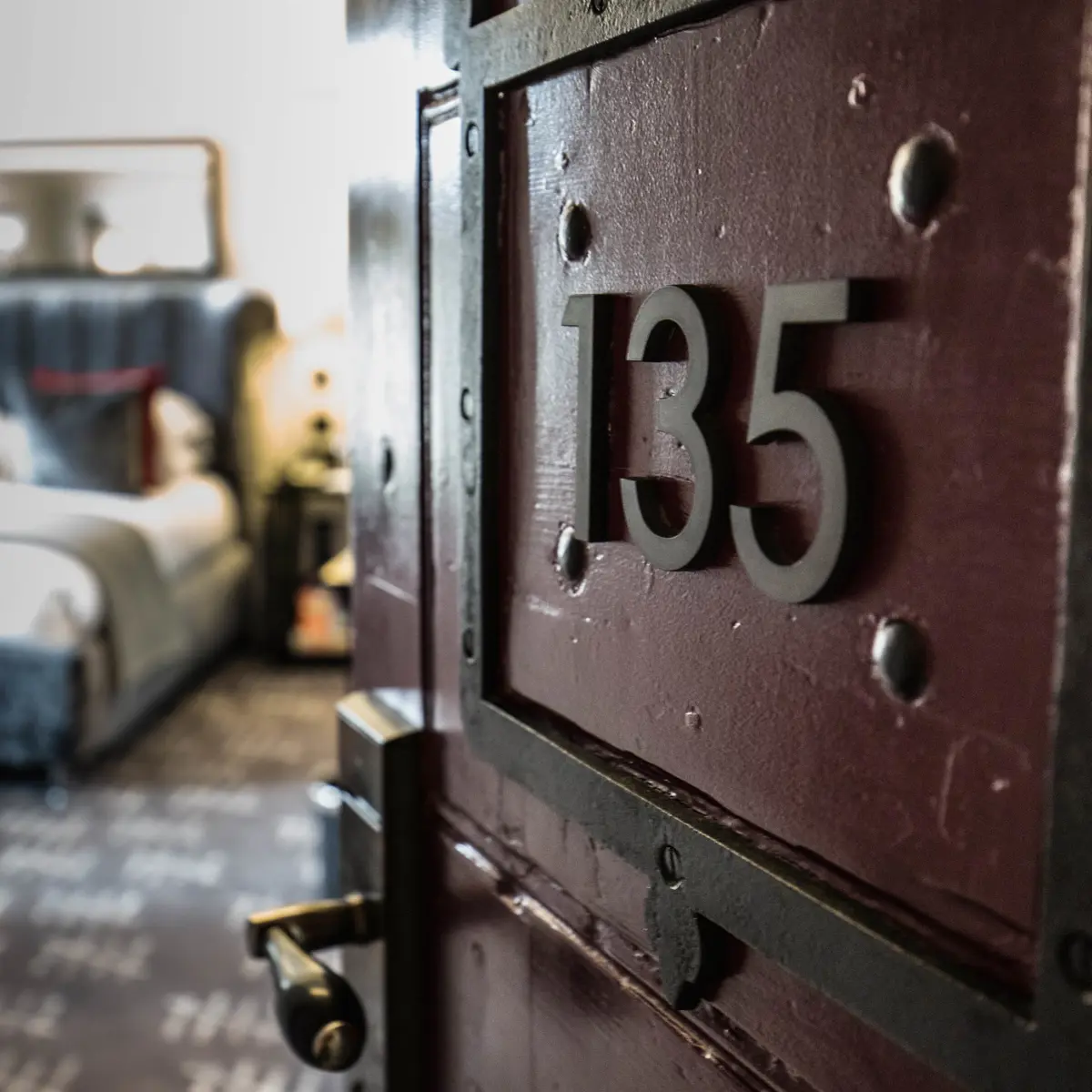
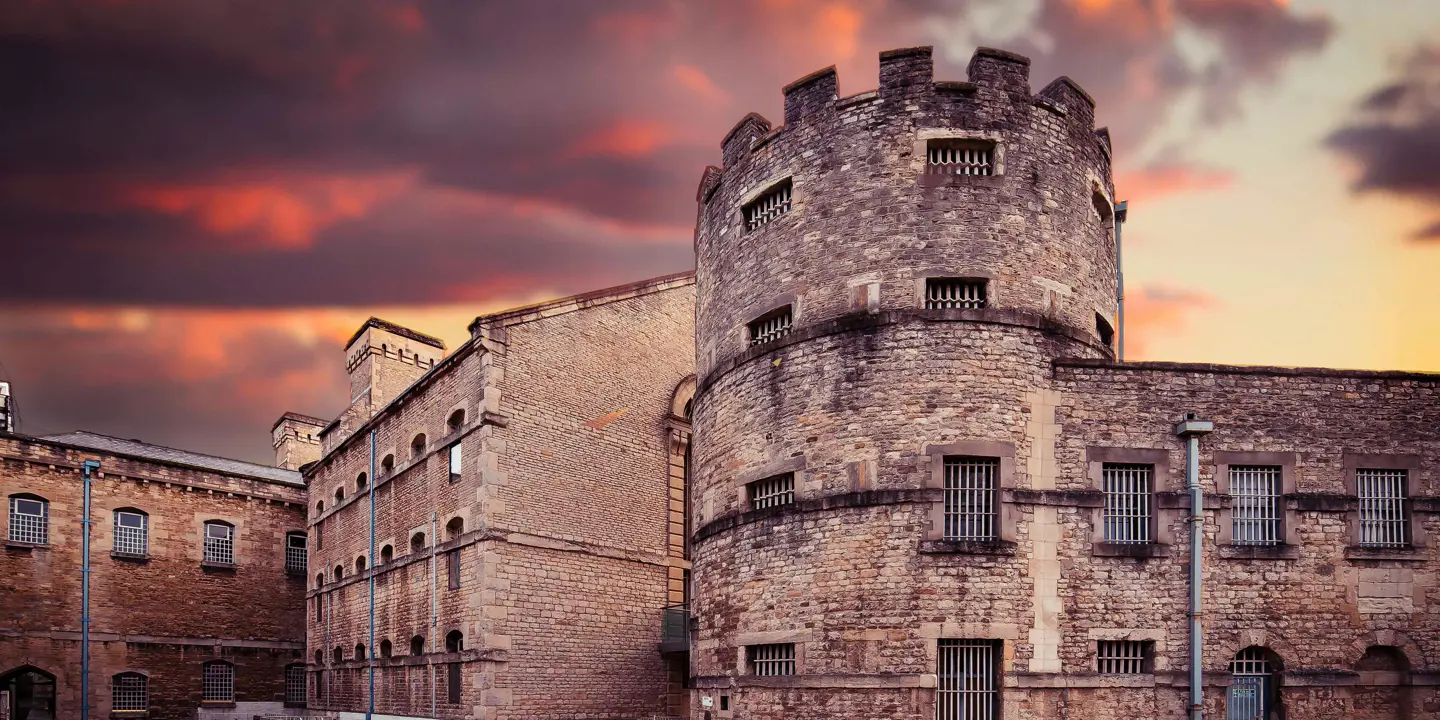
FAQs
See some of our frequently answered questions or access LiveChat to talk to our team.


